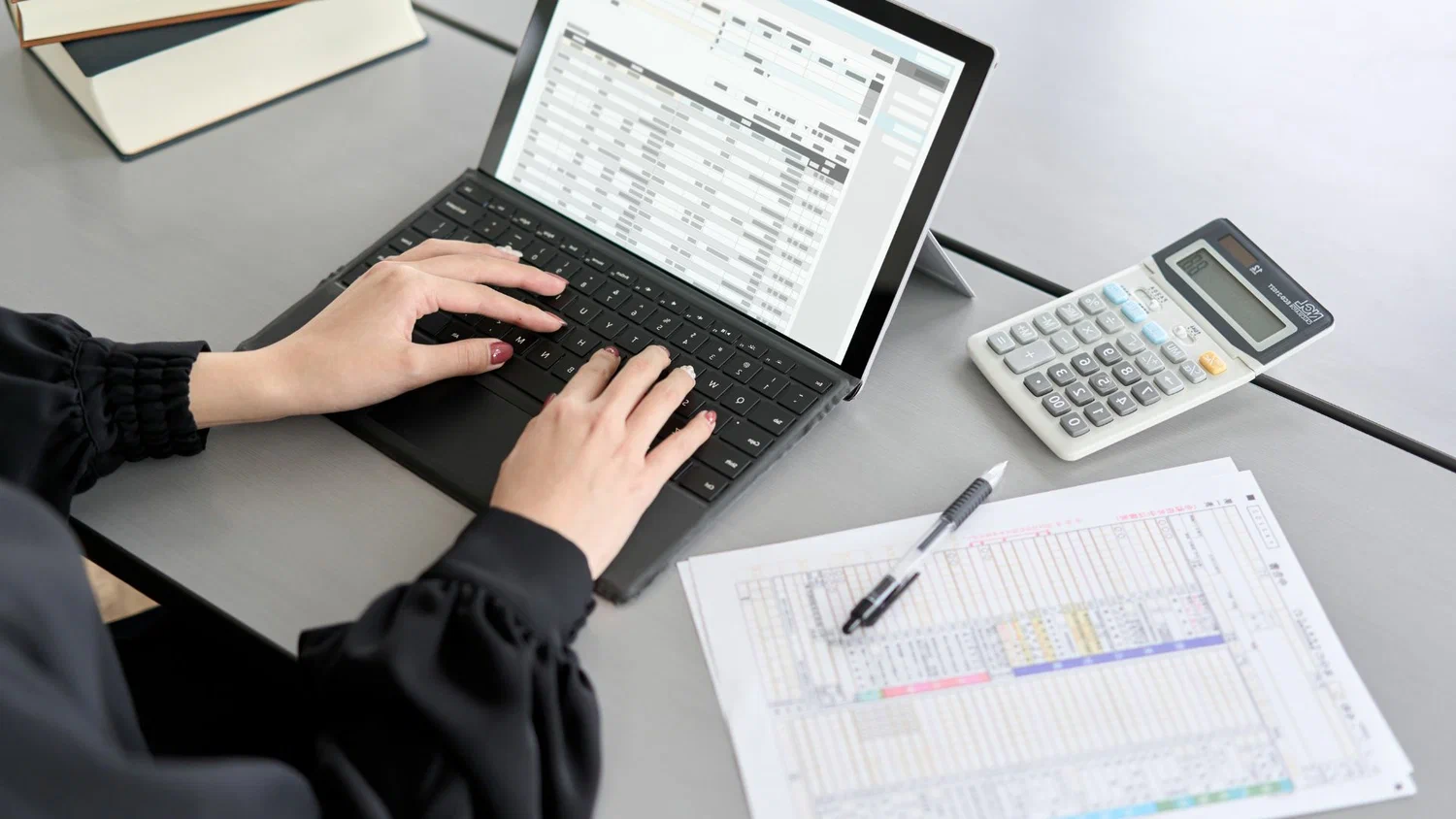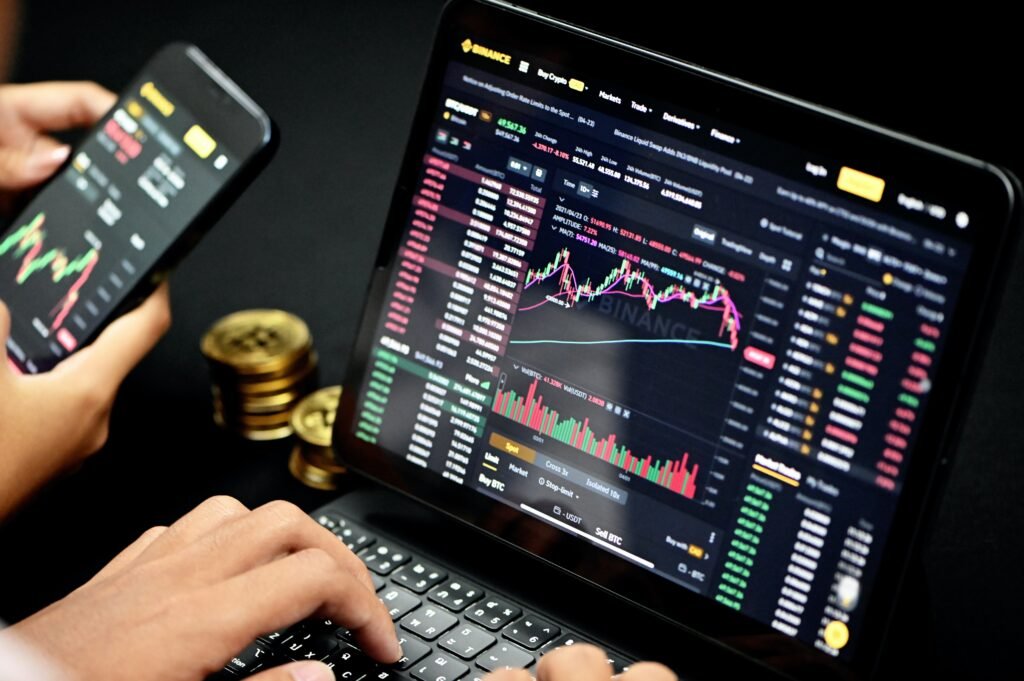Cryptocurrency has evolved from a niche digital experiment to a mainstream investment option, attracting millions of new investors worldwide. However, learning how to buy your first cryptocurrency safely requires careful planning, research, and understanding of the risks involved. This comprehensive guide will walk you through every step of the process, ensuring you make informed decisions while protecting your investment.
Understanding Cryptocurrency Basics Before You Buy
Before diving into how to buy your first cryptocurrency safely, it’s crucial to understand what cryptocurrency is. Cryptocurrency is a digital or virtual currency secured by cryptography, making it nearly impossible to counterfeit or double-spend. Unlike traditional currencies controlled by central banks, cryptocurrencies operate on decentralized networks based on blockchain technology.
The most well-known cryptocurrency is Bitcoin, created in 2009, but thousands of alternative cryptocurrencies (altcoins) now exist, each with unique features and purposes. Ethereum, for example, enables smart contracts, while Litecoin focuses on faster transaction speeds. Understanding these differences is essential when learning how to buy your first cryptocurrency safely.
Cryptocurrencies are known for their volatility, meaning their values can fluctuate dramatically in short periods. This volatility presents both opportunities for significant gains and risks of substantial losses. As a beginner, it’s important to only invest money you can afford to lose and to view cryptocurrency as a long-term investment rather than a get-rich-quick scheme.
The blockchain technology underlying cryptocurrencies is a distributed ledger that records all transactions across a network of computers. This transparency and immutability make transactions secure, but they also mean that mistakes can be permanent. Understanding this fundamental concept is crucial when learning how to buy your first cryptocurrency safely.
Choosing a Reputable Cryptocurrency Exchange
The first practical step in learning how to buy your first cryptocurrency safely is selecting a trustworthy exchange. A cryptocurrency exchange is a digital marketplace where you can buy, sell, and trade cryptocurrencies using traditional currency or other digital assets. When evaluating exchanges, security should be your top priority. Look for exchanges that offer two-factor authentication (2FA), cold storage for the majority of funds, insurance coverage, and a strong track record without major security breaches. Reputable exchanges like Coinbase, Binance, Kraken, and Gemini have established themselves as industry leaders with robust security measures.
Fees are another critical consideration when choosing an exchange. Different platforms charge varying fees for deposits, withdrawals, and trades. Some exchanges offer lower trading fees but higher withdrawal fees, while others might have higher trading fees but no deposit fees. Calculate the total cost of your intended transactions to make an informed decision.
User experience and customer support quality can significantly impact your cryptocurrency buying journey. Choose exchanges with intuitive interfaces, especially if you’re a beginner. Look for platforms that offer educational resources, responsive customer support, and mobile apps if you plan to trade on the go.
Regulatory compliance is increasingly important in the cryptocurrency space. Exchanges that comply with local regulations and have proper licensing are generally safer options. In the United States, look for exchanges registered with FinCEN and compliant with state money transmission laws.
Setting Up Essential Security Measures
Security is paramount when learning how to buy your first cryptocurrency safely. Before making any purchases, implement multiple layers of protection to safeguard your investment and personal information. Two-factor authentication (2FA) is your first line of defense. Enable 2FA on your exchange account using an authenticator app like Google Authenticator or Authy rather than SMS, as text messages can be intercepted through SIM swapping attacks. This extra security layer ensures that even if someone obtains your password, they cannot access your account without your mobile device.
Create strong, unique passwords for all cryptocurrency-related accounts. Use a combination of uppercase and lowercase letters, numbers, and special characters. Consider using a reputable password manager to generate and store complex passwords securely. Never reuse passwords across different platforms, as a breach on one service could compromise all your accounts. Secure your email account with the same rigor as your cryptocurrency accounts, as it’s often the recovery method for other services. Enable 2FA on your email, use a strong password, and consider using a dedicated email address solely for cryptocurrency activities.
Be extremely cautious about phishing attempts, which are common in the cryptocurrency space. Always type exchange URLs directly into your browser or use bookmarks rather than clicking links in emails. Verify the website’s SSL certificate and look for the padlock icon in your browser’s address bar. Keep your devices secure by using updated antivirus software, enabling automatic security updates, and avoiding cryptocurrency activities on public Wi-Fi networks. If you must use public internet, connect through a reputable VPN service to encrypt your data transmission.
Also Read: A Complete Guide on How to Buy GameFi Crypto
Creating Your Exchange Account and Verification Process

Once you’ve selected a reputable exchange, the next step in learning how to buy your first cryptocurrency safely is creating and verifying your account. This process, known as Know Your Customer (KYC) verification, is required by most legitimate exchanges to comply with anti-money laundering regulations. Start by visiting the exchange’s official website and clicking the sign-up or register button. Provide accurate personal information, including your full legal name, date of birth, address, and phone number. This information must match your government-issued identification documents exactly, as any discrepancies can delay or prevent account verification.
Most exchanges require identity verification through document submission. Prepare high-quality photos or scans of your government-issued ID (passport, driver’s license, or national ID card) and a recent utility bill or bank statement for address verification. Ensure documents are clear, fully visible, and not expired.
The verification process can take anywhere from a few minutes to several days, depending on the exchange and current application volume. Some platforms offer limited functionality before full verification, allowing small purchases while your documents are being reviewed. However, full verification is necessary for higher purchase limits and withdrawal capabilities.
During account creation, carefully review the exchange’s terms of service and privacy policy. Understand the platform’s policies regarding fees, withdrawal limits, account closure procedures, and dispute resolution. This information will be crucial for your ongoing relationship with the exchange.
Funding Your Account Safely
After account verification, you need to fund your exchange account to purchase cryptocurrency. Understanding how to buy your first cryptocurrency safely includes choosing the most secure funding method for your situation. Bank transfers are generally the safest and most cost-effective method for funding your account. Most exchanges accept ACH transfers, wire transfers, or SEPA transfers, depending on your location. While bank transfers may take longer to process (1-5 business days), they typically have lower fees and reduced fraud risk compared to other methods.
Debit card purchases offer immediate funding but usually come with higher fees (typically 2-4% of the transaction amount). Credit card purchases are often discouraged or prohibited by many exchanges due to high chargeback risks and the potential for users to accumulate debt for speculative investments. Some exchanges accept alternative payment methods like PayPal, but these often have higher fees and lower limits. Research all available funding options and their associated costs before making a decision.
When funding your account, start with a small amount for your first purchase. This approach allows you to familiarize yourself with the process without risking significant funds. You can always make additional deposits once you’re comfortable with the platform and procedures. Never use peer-to-peer payment services like Venmo or Cash App for cryptocurrency purchases unless the exchange explicitly supports them. These transactions often lack buyer protection and can result in permanent loss of funds if problems arise.
Making Your First Cryptocurrency Purchase
Now that your account is funded, you’re ready to learn how to buy your first cryptocurrency safely through the actual purchase process. Most exchanges offer different order types, with market orders and limit orders being the most common for beginners. A market order executes immediately at the current market price, making it the simplest option for new users. However, cryptocurrency prices can change rapidly, so the final execution price might differ slightly from what you saw when placing the order. Market orders are ideal when you want to buy immediately and aren’t concerned about small price variations.
Limit orders allow you to specify the exact price at which you want to buy cryptocurrency. The order will only execute if the market reaches your specified price. While this gives you more control over the purchase price, there’s no guarantee the order will execute if the market doesn’t reach your target price.
For your first purchase, consider starting with well-established cryptocurrencies like Bitcoin or Ethereum rather than smaller, more volatile altcoins. These major cryptocurrencies have better liquidity, more stability, and extensive educational resources available.
Before confirming any purchase, carefully review the order details, including the amount of cryptocurrency you’re buying, the price per unit, and all applicable fees. Many beginners make the mistake of not accounting for fees, which can significantly impact smaller purchases. Consider dollar-cost averaging (DCA) as a strategy for your first cryptocurrency purchases. Instead of investing a large sum at once, DCA involves making smaller, regular purchases over time. This strategy can help reduce the impact of market volatility and remove the pressure of trying to time the market perfectly.
Securing Your Cryptocurrency After Purchase
Understanding how to buy your first cryptocurrency safely extends beyond the purchase itself to proper storage and security practices. Once you’ve made your purchase, the cryptocurrency will initially be stored in your exchange wallet, but this isn’t the safest long-term storage solution.
Exchange wallets are considered “hot wallets” because they’re connected to the internet, making them more vulnerable to hacking attempts. While reputable exchanges implement strong security measures, keeping large amounts of cryptocurrency on exchanges long-term isn’t recommended. The cryptocurrency community motto, “not your keys, not your crypt,o” emphasizes the importance of controlling your private keys. For small amounts and active trading, leaving cryptocurrency on a reputable exchange may be acceptable. However, for larger holdings or long-term storage, consider transferring your cryptocurrency to a personal wallet where you control the private keys.
Software wallets, also called hot wallets, are applications you install on your computer or mobile device. They offer a good balance of security and convenience for moderate amounts of cryptocurrency. Popular options include Exodus, Electrum, and the official wallets provided by cryptocurrency projects. Hardware wallets represent the gold standard for cryptocurrency security. These physical devices store your private keys offline, making them immune to online hacking attempts. Leading hardware wallet manufacturers include Ledger, Trezor, and Coldcard. While hardware wallets require an initial investment ($50-200), they’re essential for anyone holding significant amounts of cryptocurrency.
Paper wallets involve printing your private keys and addresses on paper and storing them securely offline. While highly secure when created properly, paper wallets require careful handling and are more suitable for long-term storage than regular transactions.
Common Mistakes to Avoid When Buying Cryptocurrency

Learning how to buy your first cryptocurrency safely involves understanding common pitfalls that can lead to financial losses or security breaches. Avoiding these mistakes will significantly improve your cryptocurrency experience. One of the most dangerous mistakes is failing to research before investing. Never buy cryptocurrency based solely on social media hype, celebrity endorsements, or promises of guaranteed returns. Always conduct thorough research on any cryptocurrency you’re considering, understanding its purpose, technology, team, and market position.
FOMO (Fear of Missing Out) leads many beginners to make impulsive purchases during price spikes. Cryptocurrency markets are highly volatile, and prices that seem to only go up can quickly reverse. Stick to your investment plan and avoid making emotional decisions based on short-term price movements. Neglecting security measures is perhaps the costliest mistake new cryptocurrency buyers make. Using weak passwords, not enabling 2FA, falling for phishing scams, or storing large amounts on exchanges can result in permanent loss of funds. Remember that cryptocurrency transactions are irreversible, making prevention your only protection.
Investing more than you can afford to lose is a critical error that can lead to financial distress. Cryptocurrency should represent only a small portion of your overall investment portfolio, typically recommended to be no more than 5-10% for most investors. Many beginners also make the mistake of trying to time the market perfectly or day trade without proper knowledge and experience. These strategies require significant expertise and can result in substantial losses for inexperienced traders.
Understanding Fees and Hidden Costs
When learning how to buy your first cryptocurrency safely, understanding all associated costs is crucial for making informed decisions and maximizing your investment returns. Trading fees are the most obvious costs, typically ranging from 0.1% to 1.5% per transaction, depending on the exchange and your trading volume. Some exchanges offer reduced fees for higher-volume traders or users who hold the platform’s native token.
Deposit and withdrawal fees vary significantly between exchanges and payment methods. Bank transfers usually have lower fees than credit or debit card deposits. Cryptocurrency withdrawal fees depend on network congestion and the specific cryptocurrency, with Bitcoin and Ethereum often having higher fees than newer blockchains. Spread costs represent the difference between buying and selling prices on an exchange. This hidden cost can be significant, especially for smaller or less liquid cryptocurrencies. Always check the bid-ask spread before making purchases.
Network fees, also called gas fees for Ethereum-based transactions, are paid to miners or validators for processing transactions on the blockchain. These fees fluctuate based on network congestion and are separate from exchange fees. Currency conversion fees apply when funding your account with a currency different from your local currency. These fees can add 1-3% to your total costs and are often overlooked by new users.
Legal and Tax Considerations
Understanding the legal and tax implications is a crucial aspect of learning how to buy your first cryptocurrency safely and responsibly. Cryptocurrency regulations vary significantly by country and are constantly evolving. In the United States, cryptocurrencies are generally treated as property for tax purposes, meaning capital gains taxes apply when you sell, trade, or use cryptocurrency for purchases.
Keep detailed records of all cryptocurrency transactions, including purchase dates, amounts, prices, and fees. This information is essential for tax reporting and can help you track your investment performance. Many cryptocurrency tax software solutions can help automate this process. Some countries have banned or restricted cryptocurrency trading, while others have embraced it with clear regulatory frameworks. Research your local laws and ensure compliance with all applicable regulations. Consider consulting with a tax professional familiar with cryptocurrency regulations in your jurisdiction, especially if you plan to make significant investments or engage in frequent trading.
Long-term Investment Strategies
After learning how to buy your first cryptocurrency safely, developing a long-term investment strategy can help you navigate the volatile cryptocurrency markets more effectively. Dollar-cost averaging (DCA) remains one of the most recommended strategies for beginners. By investing a fixed amount regularly regardless of price, you can reduce the impact of volatility and remove the emotional stress of trying to time the market.
Hodling, derived from a misspelled “hold,” refers to the strategy of buying and holding cryptocurrency for extended periods regardless of short-term price fluctuations. This passive approach has historically been successful for major cryptocurrencies but requires strong conviction and patience. Diversification across different cryptocurrencies can help reduce risk, but avoid over-diversification with too many small positions. Focus on understanding and investing in projects you believe have long-term potential.
Conclusion
Learning how to buy your first cryptocurrency safely requires patience, research, and a commitment to security best practices. Start with reputable exchanges, implement strong security measures, begin with small investments, and never invest more than you can afford to lose. The cryptocurrency market offers exciting opportunities but also significant risks.
By following the guidelines outlined in this comprehensive guide, you’ll be well-equipped to begin your cryptocurrency journey safely and confidently. Remember that continuous learning and staying updated with market developments are essential for long-term success in the cryptocurrency space.

